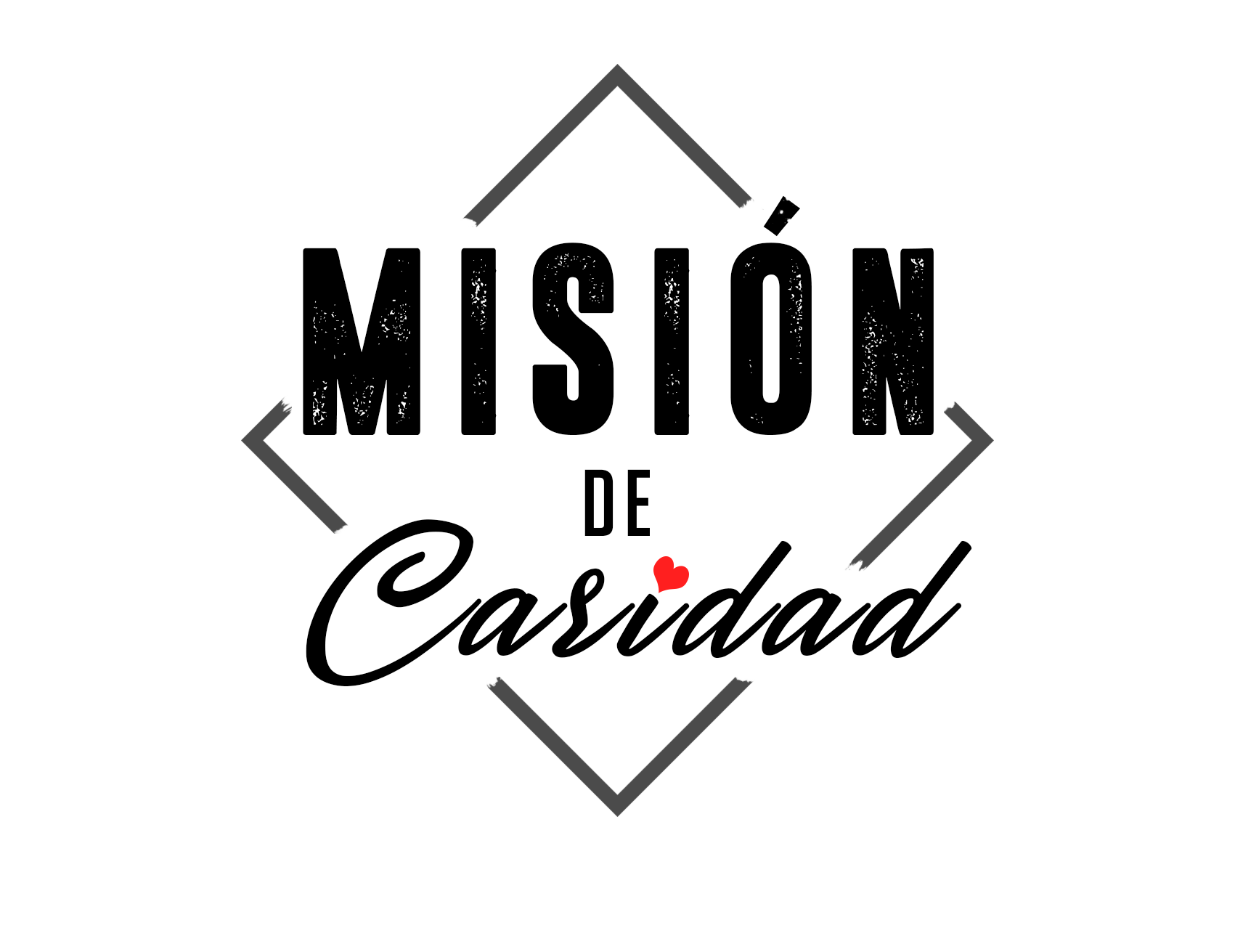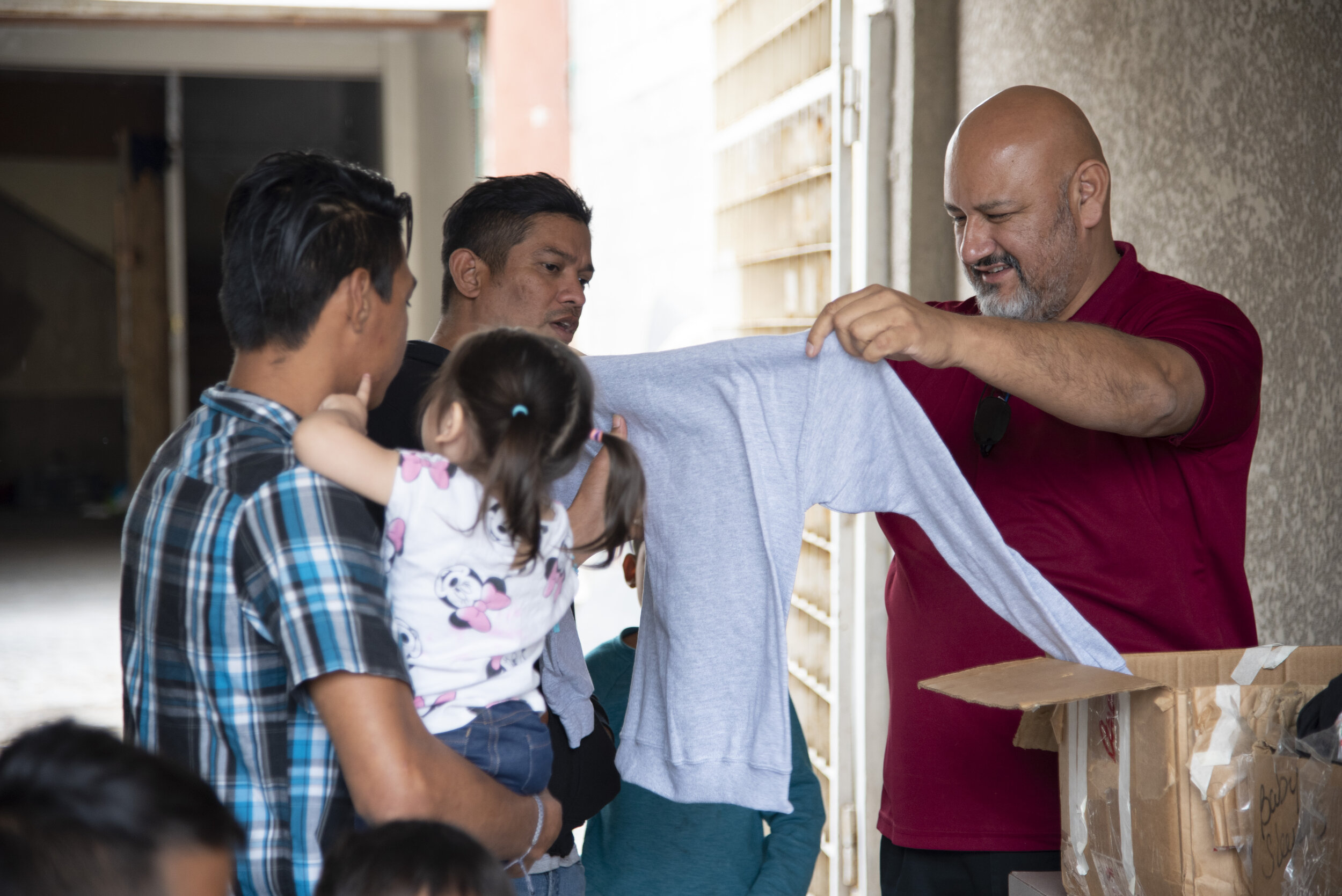Why Are People Fleeing Southern Mexico?
Source: Aid and International Development Forum, 2017
Most refugees and migrants at the U.S.-Mexico border come from countries like El Salvador, Guatemala, Honduras, Cuba and Venezuela. Their destination is not Mexico but the USA. However, we frequently encounter Mexicans from other parts of Mexico who are simply seeking a better future in a different part of the country. These people chose to leave their homes out of fear for their safety, not just for better economic opportunities.
We recently shared the story of Eileen, a 26-year-old woman whose family fled the Southern Mexican state of Guerrero because they could no longer afford to pay the tax demanded by a cartel. Eileen is not a refugee or asylum seeker, since she is not seeking legal protection in a new country. She is technically a migrant from a different part of Mexico, except that she did not leave for purely economic reasons. She and her family were forced to migrate due to threats against their lives. This element of forced displacement within a country’s borders is what makes Eileen an internally displaced person (IDP) and not just a migrant.
Eileen is from Guerrero, Southern Mexico
Eileen and her 2-year-old son live at the U.S.-Mexico border with no intention of seeking asylum in the US
Who are Internally Displaced People?
According to the UNHCR, internally displaced people (IDP) are “persons or groups of persons who have been forced or obliged to flee or to leave their homes or places of habitual residence, in particular as a result of or in order to avoid the effects of armed conflict, situations of generalized violence, violations of human rights or natural or human-made disasters, and who have not crossed an internationally recognized State Border.”
In simple language, IDPs are just like refugees in that they have fled their homes and are seeking refuge from harm. But unlike refugees, they are on the run in their own country.
The infographic below illustrates how internally displaced people (IDP) far outrank refugees worldwide in terms of sheer numbers.
Source: UN Office for the Coordination of Humanitarian Affairs (OCHA), 2017
IDPs are less likely to receive international media and humanitarian attention despite experiencing situations similar to refugees. According to UNHCR, IDPs often move to areas where it is difficult to deliver humanitarian assistance and as a result, these people are among the most vulnerable in the world.
In Mexico, many IDPs are often less educated than refugees who come from other countries. Many coming from southern Mexico only complete primary school, whereas other countries from which people flee often have better education systems.
Additionally, IDPs often have less resources than refugees. Think about it - in order to make a long trip that involves crossing borders, you would need money. In addition, the more educated you are, the more likely you are to be aware of economic and legal options available in other countries. You are also more likely to already have helpful connections abroad because of your social circles and access to information.
A photo series called Undaily Bread features Venezuelan refugees surrounded by their personal belongings, including precious items they were able to bring along for their journey. Yosiahanny, pictured here with two of her children, prepared a dozen arepas for the road and collected enough money to buy formula for her little ones. She packed a few changes of clothes, her bible, and the teddy bear grandma had given them in farewell. Source: Gregg Segal, 2020
As a result, people who have more resources are more likely to relocate further away and through more expensive means such as air travel and obtaining visas. Those with less resources are more likely to relocate within their own country’s borders. They are also more likely to undertake dangerous and illegal journeys in search of safety.
So why are people fleeing Southern Mexico?
Although migration from and within Mexico is a complex issue, most scholars point to several key reasons for high rates of migration:
High crime rates
Mexico has an extremely high crime rate. In 2019, homicide rates remained at a historic high with an average of 29 killings per 100,000 inhabitants despite the pandemic. This is more than 5 times the average homicide rate in the USA. Many killings, kidnappings, theft, and other crimes can be attributed to powerful criminal organizations and a militarized government approach to drug cartels which has resulted in a long, bloody campaign called “The War on Drugs”.
Violence against women is also a problem in Mexico. In fact, it is one of the main reasons we decided to start Misión de Caridad. This is a topic that we will be returning to in future blog posts.
Unequal distribution of wealth
A graph released by the Mexican government indicates that areas with large indigenous populations are also among the poorest. Source: National Council for the Evaluation of Social Development Policy, 2016
Although Mexico ranks 15th in GDP, about half of its population lives in poverty. There is a massive gap between rich and poor. According to the Mexican government, about 33% live in “moderate poverty” and another 9% live in “extreme poverty.”
Southern Mexico is generally poorer and less developed than the northern part of the country. The Southern states of Chiapas, Guerrero, and Oaxaca contain larger indigenous populations who historically have been marginalized. A large percentage of the population has never completed education past primary school and do not even speak Spanish. Former sources of revenue such as tourism have also been affected by the increasing violence. Acapulco, the state capital of Guerrero, was once a seaside resort popular with foreign tourists. Today, it is the second most dangerous city in the world, topped only by another Mexican city, Tijuana.
A police officer patrols the beach in Acapulco, once a popular tourist destination. Source: Sky News, 2018
3. Climate change
Much of Mexico is a desert, which makes the climate very arid and dry. Mexico is also very susceptible to natural disasters including droughts, earthquakes, and hurricanes. For communities already facing poverty and violence, the instability of agricultural markets and lack of government support for local farmers can be a turning point in deciding to relocate.
What is Misión de Caridad doing about this?
At Misión de Caridad we are committed to serving all women and children regardless of the labels of refugee, asylum seeker, migrant, or internally displaced person. We strive for a world in which all women and children can live with dignity, with the means to meet their basic needs which include, food, housing, education, health, and safety.
Co-founder Francisco Ortega distributes supplies to community members as part of our Feed-a-Family program.
Misión de Caridad is unique in that the majority of our team lives in Mexico. They understand the culture, many are no stranger to poverty and they know the challenges of those we serve first hand. Our co-founder Francisco Ortega has been assisting migrants, refugees, and internally displaced persons who arrive in San Luis Rio Colorado for years. It is this commitment to welcome the vulnerable and homeless, no matter their country of origin, that inspires our work.
We desire to serve the most vulnerable who have the least access to aid and opportunities. In Francisco’s words, these are “the poorest of the poor”. People like Eileen, who have been internally displaced, may not grab media headlines the way that refugees do, however, their needs are just as critical, if not more.
How can you help?
Please consider supporting us so that we can continue to help people like Eileen rebuild their lives! Here are some ways you can be part of our work.
Contribute to our AmazonSmile Wish List
Subscribe to our newsletter below
Want to learn more about our co-founders? Read about the awesome people that make up our team!
Refugee. Asylum seeker. Migrant. Wondering what all these terms mean? We break it all down in this article.
References:
Aid & International Development Forum (AIDF), Disasters & Climate Change: Internally Displaced Persons and Refugees, July 2017, available at https://reliefweb.int/report/world/disasters-climate-change-internally-displaced-persons-and-refugees [accessed 5 July 2021]
Associated Press (AP), Mexico’s homicide rate stayed high in 2020 despite pandemic, January 2021, available at https://apnews.com/article/homicide-coronavirus-pandemic-latin-america-mexico-a90c2a172f39ab2546de465c73a60543 [accessed 5 July 2021]
CNBC, Climate change is a major factor behind increased migration at U.S. souther border, experts say, April 2021, available at https://www.cnbc.com/2021/04/18/us-mexico-border-climate-change-factor-behind-increased-migration.html [accessed 5 July 2021]
Consulta el Informe de Evaluación de la Política de Desarrollo Social (CONEVAL), Mexico: Poverty rate, 2016 (% of population), Oxford Analytica Daily Brief, 2016, available at https://dailybrief.oxan.com/Analysis/GI243720/Mexico-Poverty-rate-2016 [accessed 5 July 2021]
Global Protection Cluster (GPC), Handbook for the Protection of Internally Displaced Persons, June 2010, available at: https://www.refworld.org/docid/4790cbc02.html [accessed 5 July 2021]
Human Rights Foundation (HRF), The Cost and Consequences of the War on Drugs, August 2019, available at: https://hrf.org/wp-content/uploads/2019/05/WoD_Online-version-FINAL.pdf [accessed 5 July 2021]
International Crisis Group (ICG), Building Peace in Mexico: Dilemmas Facing the López Obrador Government, October 2018, available at: https://www.refworld.org/docid/5bc9d2954.html [accessed 2 July 2021]
Sky News, Acapulco: The resort killed by drugs, guns and gangs, February 2018, available at https://news.sky.com/story/acapulco-the-resort-killed-by-drugs-guns-and-gangs-11250906 [accessed 7 July 2021]
Stewart, J., Interview: Venezuelan Refugees Surrounded by Their Belongings, My Modern Met, February 2020, available at https://mymodernmet.com/gregg-segal-undaily-bread/ [accessed 7 July 2021]
Eunice Wong is the manager of blog content at Misión de Caridad. Her love for telling refugee stories began while working for UNHCR, Christian Aid, & PichaEats. When not dreaming up new story ideas, she can usually be found singing or enjoying a cup of coffee.









